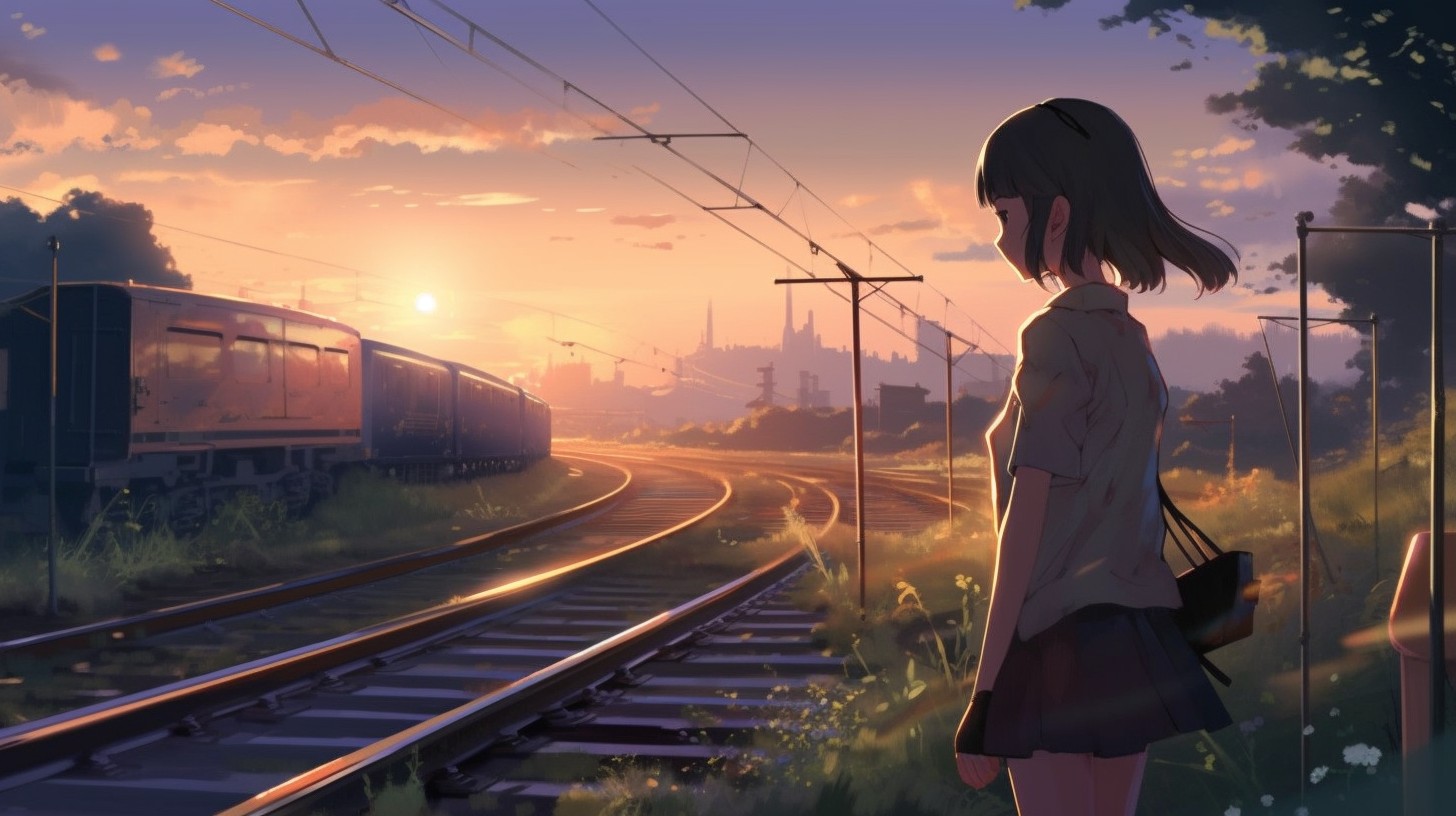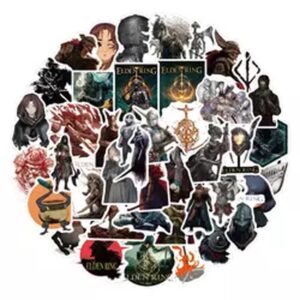The Dawn of Anime: Early Roots and Influences
The origins of anime can be traced back to post-WWII Japan, where the country’s creative minds turned to animation as a means of artistic expression and entertainment. Inspired by western animation like Disney’s early works, Japanese animators began producing their own unique content, setting the stage for what would become a global phenomenon.
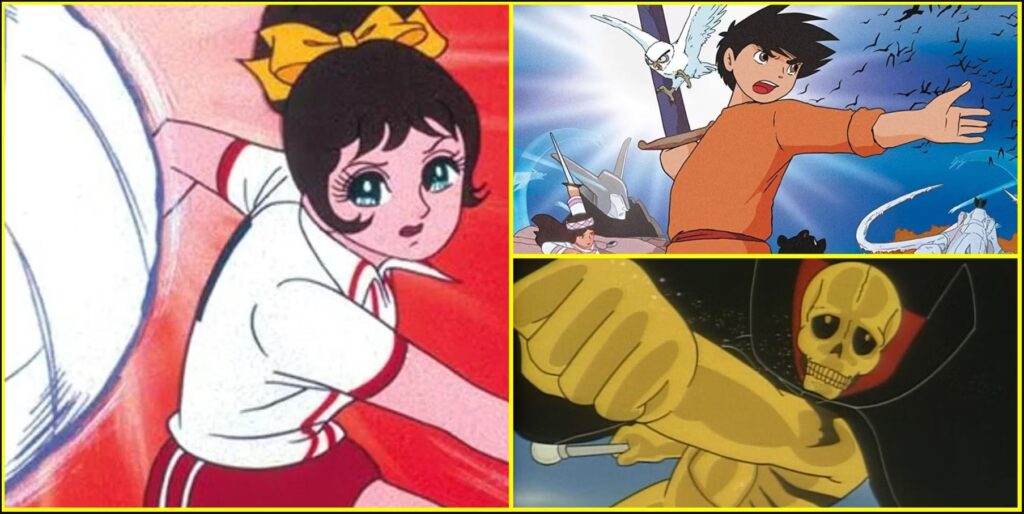
Osamu Tezuka: The Father of Anime
Osamu Tezuka, often referred to as the “Father of Anime,” played a pivotal role in shaping the medium’s identity. His landmark work, Astro Boy (1963), was a trailblazer, popularizing the distinctive visual style and storytelling elements that would become synonymous with anime.
The 1970s: A New Era of Storytelling and Innovation
The 1970s witnessed a surge in anime production, with studios exploring diverse genres and experimenting with new animation techniques. This decade was marked by the emergence of mecha anime, such as Mobile Suit Gundam (1979), which would later inspire countless other series in this genre.
The Impact of Science Fiction and Fantasy

Science fiction and fantasy themes became increasingly prevalent during this period, with iconic titles like Space Battleship Yamato (1974) and Galaxy Express 999 (1978) capturing the imaginations of viewers and solidifying the medium’s popularity.
The 1980s: The Golden Age of Anime
The 1980s are often regarded as the “Golden Age” of anime, thanks to a wealth of influential and groundbreaking releases that showcased the medium’s artistic potential.
The Rise of Studio Ghibli
Studio Ghibli, founded in 1985 by Hayao Miyazaki and Isao Takahata, would become one of the most revered animation studios in history. Their debut film, Castle in the Sky (1986), set the tone for a string of masterpieces, including My Neighbor Totoro (1988) and Grave of the Fireflies (1988).
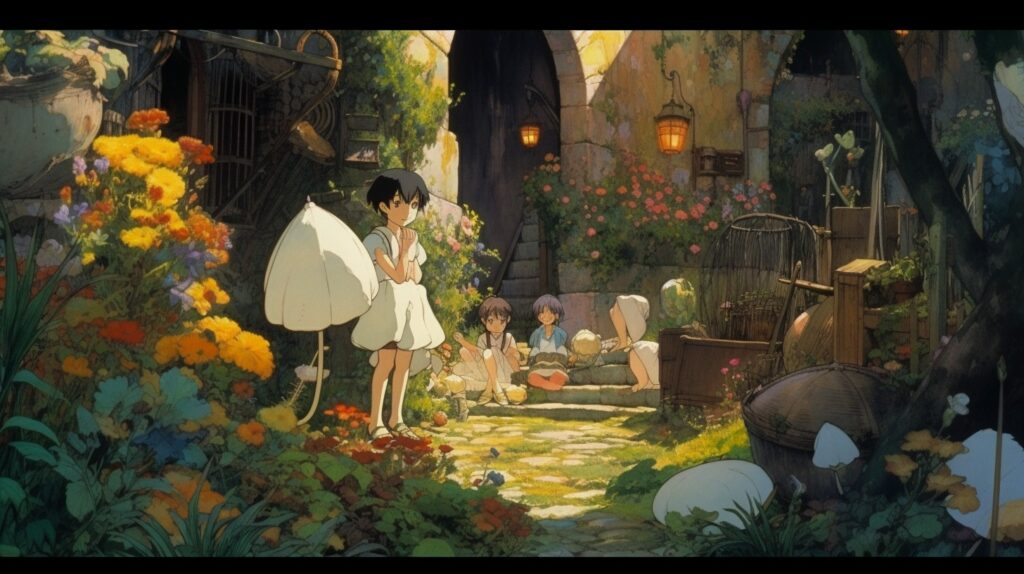
Cyberpunk and Dystopian Themes
Darker, more complex narratives began to emerge during this era, with cyberpunk and dystopian themes taking center stage. Akira (1988) and Ghost in the Shell (1995) exemplify this shift, offering visually stunning and thought-provoking stories that continue to resonate with audiences today.
The 1990s: Global Expansion and the Rise of Television Anime
The 1990s saw anime’s international reach expand significantly, as television became the primary platform for anime distribution. The popularity of long-running shonen series, such as Dragon Ball Z (1989) and One Piece (1999), played a crucial role in introducing anime to viewers worldwide.

Check out our Sticker Packs!
If you are a fan of Anime, make sure you check out our custom Anime Sticker Packs! We have the best selection at cheap prices!
The Influence of Video Games
The 1990s also marked the convergence of anime and video games, as franchises like Pokémon (1997) and Final Fantasy (1987) further popularized the medium through their animated adaptations and spin-offs. This synergy between the two industries would continue to grow, shaping the future of both gaming and anime.
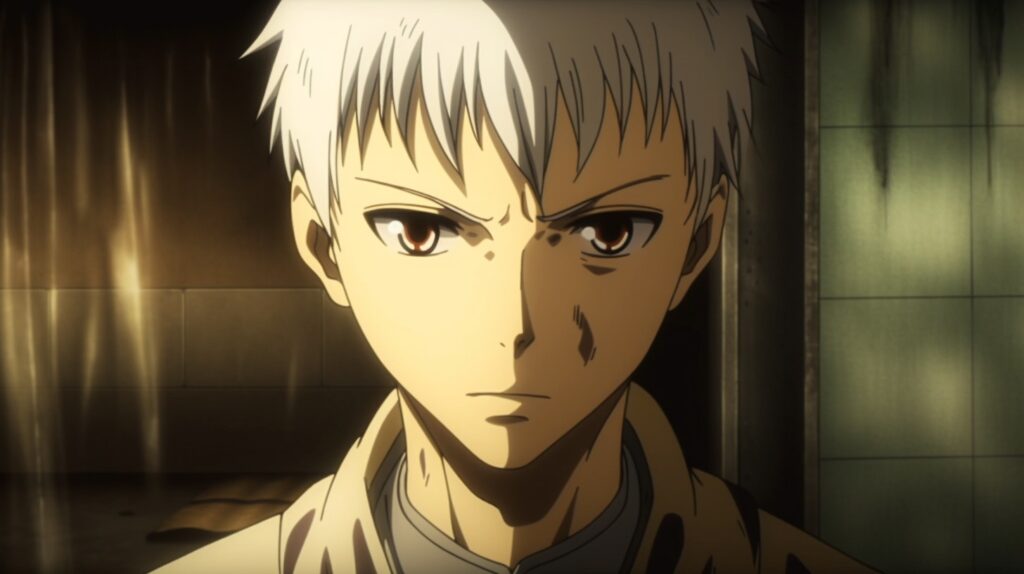
The 2000s: The Digital Revolution and the Rise of Streaming
The turn of the century marked the beginning of a digital revolution that would fundamentally change the way anime was produced and consumed. Advances in computer-generated imagery (CGI) allowed for more sophisticated and visually stunning animation, while the rise of streaming services expanded the medium’s global reach.
Pioneering CGI Techniques
Anime like Final Fantasy: The Spirits Within (2001) and Ghost in the Shell 2: Innocence (2004) showcased the potential of CGI, pushing the boundaries of visual storytelling and setting a new standard for the industry.
The Streaming Boom
As the internet evolved, streaming services like Crunchyroll and Netflix began offering extensive libraries of anime, making it more accessible to international audiences than ever before. This increased exposure led to a surge in popularity, with series like Death Note (2006) and Attack on Titan (2013) captivating viewers across the globe.
The 2010s: Diversity, Experimentation, and Cultural Impact
The 2010s witnessed an explosion of creativity and experimentation within the anime industry, as creators explored new genres, visual styles, and narrative structures. This era also saw a growing emphasis on inclusivity and representation, with titles like Yuri on Ice (2016) and My Hero Academia (2016) breaking down barriers and challenging traditional gender roles.
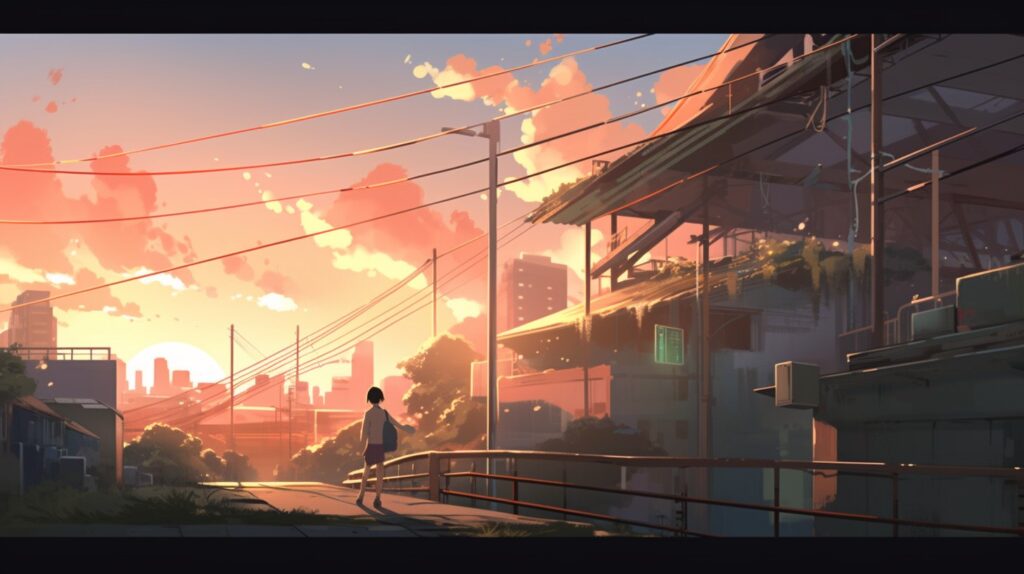
Blurring the Line Between Art and Entertainment
Anime continued to push the envelope in terms of artistic innovation during this period, with visually stunning and thought-provoking works like Your Name (2016) and The Garden of Words (2013) demonstrating the medium’s potential as a true art form.
The Future of Anime: A New Frontier
As we look to the future, the anime industry is poised to continue its evolution and growth, driven by advances in technology, the global market, and an ever-expanding roster of talented creators. From its humble beginnings in post-WWII Japan to its current status as a worldwide cultural phenomenon, the journey of anime has been nothing short of extraordinary. As fans, we eagerly await the next chapter in this remarkable story and look forward to the new heights anime will undoubtedly reach in the years to come.




